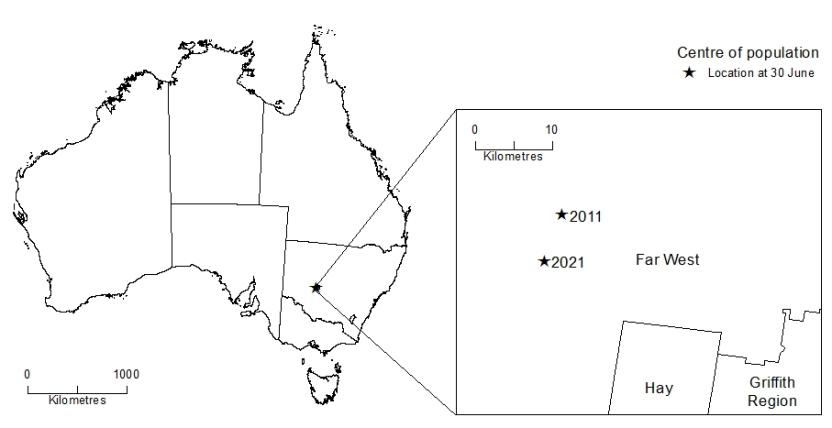On 31 August 2023, additional datasets containing final rebased population estimates for 2017 to 2021, based on the 2021 Census were added to this issue. These estimates supersede all estimates from June 2016. Commentary in this product has not been updated with final rebased data.
Any reference to population refers to Estimated Resident Population (ERP).
Any reference to capital city refers to Greater Capital City Statistical Area (GCCSA), and any reference to area refers to Statistical Area Level 2 (SA2).
